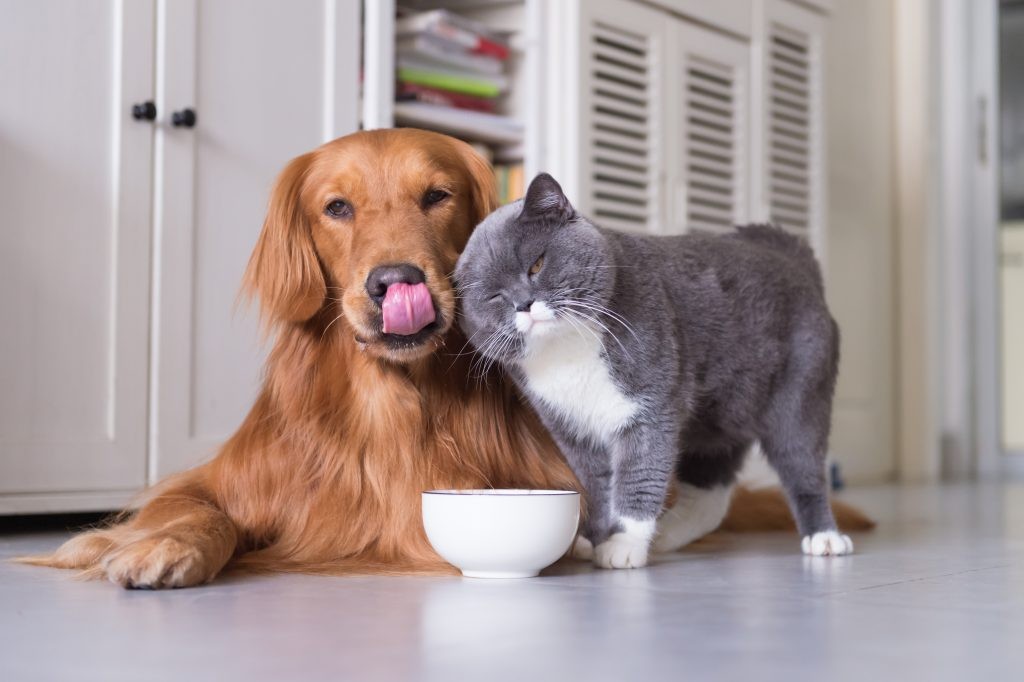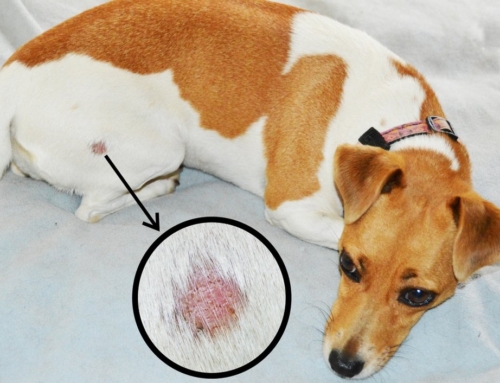Like humans, dogs and cats can be diagnosed with diabetes, which is called diabetes mellitus.
Diabetes mellitus is when the pet is unable to produce insulin from their pancreas to reduce their blood glucose levels when they are fairly high. It is a fairly common disease among dogs and cats, especially when the pet is overweight.
 Diabetes mellitus is not a fatal disease and can be managed over time meaning that many animals continue to live a healthy and happy life after diagnosis. As the owner, it may require more monitoring for their pets and recognizing the symptoms is the first step to having a healthy lifestyle.
Diabetes mellitus is not a fatal disease and can be managed over time meaning that many animals continue to live a healthy and happy life after diagnosis. As the owner, it may require more monitoring for their pets and recognizing the symptoms is the first step to having a healthy lifestyle.
For cats, middle-aged to older male cats are more prone to diabetes mellitus; while female dogs are more commonly affected by this disease. There are a few breeds for both dogs and cats that seem to be more susceptible to being affected by diabetes mellitus. In cats: Burmese, Russian Blue, Norwegian Forest, Abyssian and Tonkinese are shown to have a higher incidence. While for dogs: Mini Poodles, Dachshunds, Schnauzers, Cairn Terriers and Beagles are more susceptible to diabetes mellitus. The main difference between dogs and cats is that cats are able to go into remission meaning that they may not need treatment in the future. As such, keeping an eye on their eating and drinking habits is extremely crucial especially for the breeds that were just mentioned.
 Due to the high levels of blood sugar, your pet will most likely display a few common signs if they have diabetes mellitus. Increased urine production and thirst are the first two signs owners will notice from their pets. Their pet may be going to the litter box more or just seem to be peeing a lot more every time they go for a walk. This occurs because the sugar remains in the blood and requires a large amount of water to move it into urine and eventually passes out of the body. Furthermore, the body will be unable to use the high levels of sugar in the blood causing the pet to eat more; yet lose weight over time. If diabetes mellitus is not treated, chemicals within the body will form causing the animal to succumb to comatose.
Due to the high levels of blood sugar, your pet will most likely display a few common signs if they have diabetes mellitus. Increased urine production and thirst are the first two signs owners will notice from their pets. Their pet may be going to the litter box more or just seem to be peeing a lot more every time they go for a walk. This occurs because the sugar remains in the blood and requires a large amount of water to move it into urine and eventually passes out of the body. Furthermore, the body will be unable to use the high levels of sugar in the blood causing the pet to eat more; yet lose weight over time. If diabetes mellitus is not treated, chemicals within the body will form causing the animal to succumb to comatose.
 In order to combat diabetes mellitus, owners must give insulin shots to their pet depending on the severity of the disease. Insulin is usually given twice a day and must be given after the pet has eaten their meal. Do not ever give insulin if the pet has not eaten, vomited after eating, or if the owner is unsure whether their pet has eaten. In addition, do not give the pet too many units of insulin or accidentally give two doses of insulin at one time. Overdosing on insulin will cause the pet’s blood glucose levels to become too low and seizures, which then lead to death. As such, it is always safer to underdose than to overdose with insulin. In terms of diet, cats should be given a low carbohydrate diet to help reduce their body weights; while dogs should be fed with high carbohydrates and fibres, but low fats to manage their obesity and insulin resistance. Daily exercise for both dogs and cats should be done as well to help reduce their weight and to decrease their need for insulin.
In order to combat diabetes mellitus, owners must give insulin shots to their pet depending on the severity of the disease. Insulin is usually given twice a day and must be given after the pet has eaten their meal. Do not ever give insulin if the pet has not eaten, vomited after eating, or if the owner is unsure whether their pet has eaten. In addition, do not give the pet too many units of insulin or accidentally give two doses of insulin at one time. Overdosing on insulin will cause the pet’s blood glucose levels to become too low and seizures, which then lead to death. As such, it is always safer to underdose than to overdose with insulin. In terms of diet, cats should be given a low carbohydrate diet to help reduce their body weights; while dogs should be fed with high carbohydrates and fibres, but low fats to manage their obesity and insulin resistance. Daily exercise for both dogs and cats should be done as well to help reduce their weight and to decrease their need for insulin.
Another important part of treating diabetes mellitus is monitoring their blood glucose levels. From diagnosis using a blood test, a fructosamine test should be done after a month to determine whether the initial high levels of blood glucose is due to diabetes mellitus or from stress. This part of the blood test is important as we do not want to give insulin to false-positive tests. After correctly identifying that the pet has diabetes mellitus, a general blood test should be done every three months to confirm that the pet still has this disease. Monthly checks of blood glucose levels should be done at home as well to make sure that the amount of insulin given is correct.






